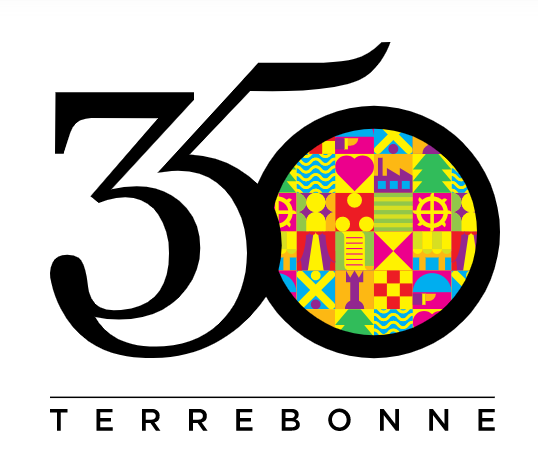
Vieux Terrebonne | Célébrant 350e anniversaire de la Ville de Terrebonne
Vieux Terrebonne | Célébrant 350e anniversaire de la Ville de Terrebonne
The Corporation of the 350th Anniversary of the City of Terrebonne cordially invite you to celebrate the 350th Anniversary of Vieux Terrebonne this year.
https://www.ville.terrebonne.qc.ca/350
La Corporation des fêtes du 350e anniversaire de la Ville de Terrebonne, vous invite cordialement à cette événement historique de la célébration du 350e anniversaire de la Ville, en célébrant Terrebonne à travers son histoire, ses réalisations et ça culture.
History:
This city is divided in three sectors, namely Lachenaie, La Plaine and Terrebonne.
In the past, these sectors were distinct cities, but, on 22 August 2001, they merged under the name of Terrebonne.
The town of Lachenaie, which was founded in 1683 by Lord Charles Aubert de Lachenaye, is the oldest of the three towns that were merged. Natives were already present on this territory at the time.
The colonisation really started in 1647 when Lachenaie was merged with the Repentigny Seigniory. Louis Lepage de Ste-Claire, priest, canon, and the son of René Lepage de Sainte-Claire, acquired the Seigniory of Terrebonne in September 1720.
Abbot Louis Lepage de Ste-Claire built the first church in 1734 and the first manor in 1735. A few years later, Abbot Lepage equipped the town with both a saw mill and a flour mill.
The town of La Plaine was founded in 1830 on fragments of other towns, namely Mascouche, Sainte-Anne-des-Plaines, Saint-Lin, and Terrebonne.
At that time, the lords of Terrebonne and Lachenaie built the road named “chemin de la Grande Ligne” to join the two towns. It is now called the boulevard Laurier. In 1877, the rail system was developed and stimulated the economic growth. The village of Saint-Joachim was founded during that time, which was later, in 1920, to be renamed La Plaine.
The first lord of Terrebonne was André Daulier-Deslandes, who was granted his title in 1673. Following the construction of the first wooden bridge in 1834, two main areas emerged. The commercial area was Terrebonne, while the agricultural one was Saint-Louis de Terrebonne. In 1985, these two cities merged.
At the time of the municipal merger in late August 2001, Lachenaie had over 20,000 residents, La Plaine had 17,000 residents, and Terrebonne had almost 46,000 residents. This merger made Terrebonne the 10th largest city in Quebec. Ten years later, the city had around 106,322 citizens.
Places
Bibliothèque Île-des-Moulins, c. 1846 | Vieux Terrebonne, Qc
Terrebonne, Québec
Bibliothèque Île-des-Moulins | Vieux Terrebonne, classified historic in 1973.
Site historique de l’Île-des-Moulins | Terrebonne, Qc
Terrebonne, Québec
L’Île-des-Moulins • Au coeur de la Seigneurie de Terrebonne
Vieux Terrebonne, Founding of Ville de Terrebonne
Terrebonne, Québec
Vieux Terrebonne | Célébrant 350e anniversaire de la Ville de Terrebonne.
La Maison Bélisle – Historic Site | Île des Moulins, Vieux Terrebonne, Québec
Terrebonne, Québec
La Maison Bélisle - Historic Site | Île des Moulins, Vieux Terrebonne, Québec
Road Map
Terrebonne, Québec to Terrebonne, Québec
Popular VisitLists
Atlantic Canada’s Hidden Histories
Shelburne, Nova Scotia to East Preston, Nova Scotia 62 places
geocaches that demonstrate the rich, diverse histories of Atlantic Canada.
View VisitList
Isle Madame – The Explorer’s Island #CanadianVisitList
Arichat, Nova Scotia 9 places
History and heritage awaits!
View VisitList
Parks Canada #VisitLists for when you can’t get away
Saint Lunaire-Griquet, Newfoundland and Labrador to Louisbourg, Nova Scotia 5 places
Parks Canada’s ReCollections podcast will take you all over this great country.
View VisitList
Invaluable Gains from One Coast to the Other #CanadianVisitList
Victoria, British Columbia to Halifax, Nova Scotia 5 places
Everlasting memories guaranteed and inspiration too!
View VisitList
